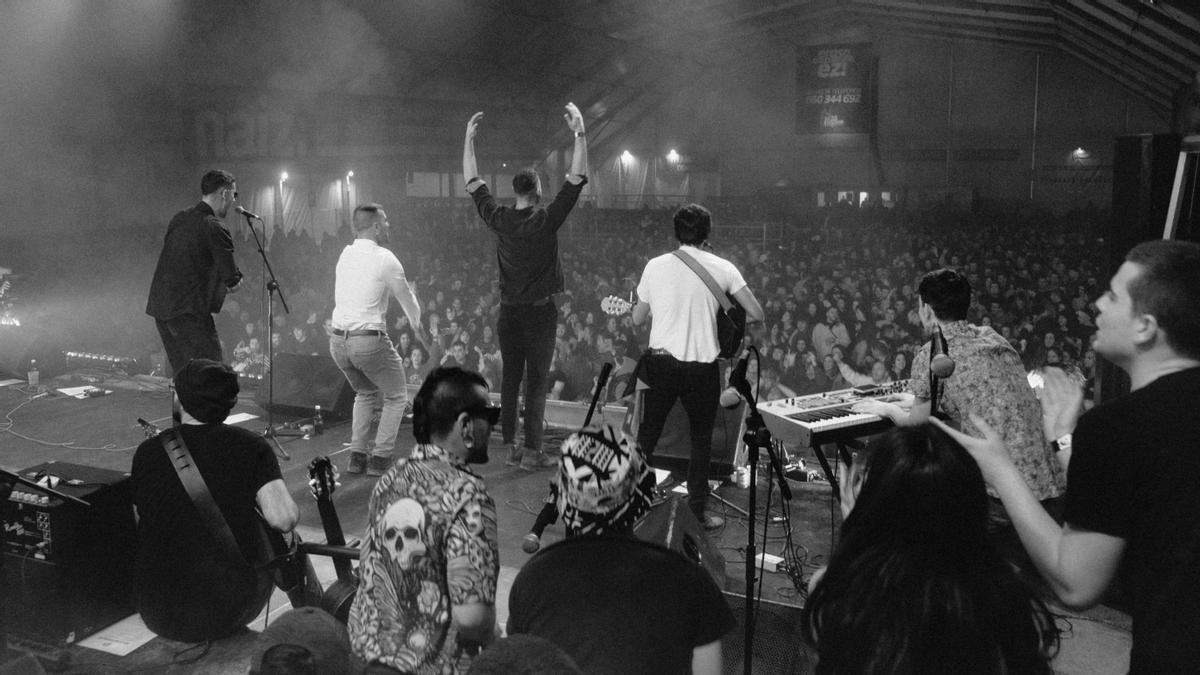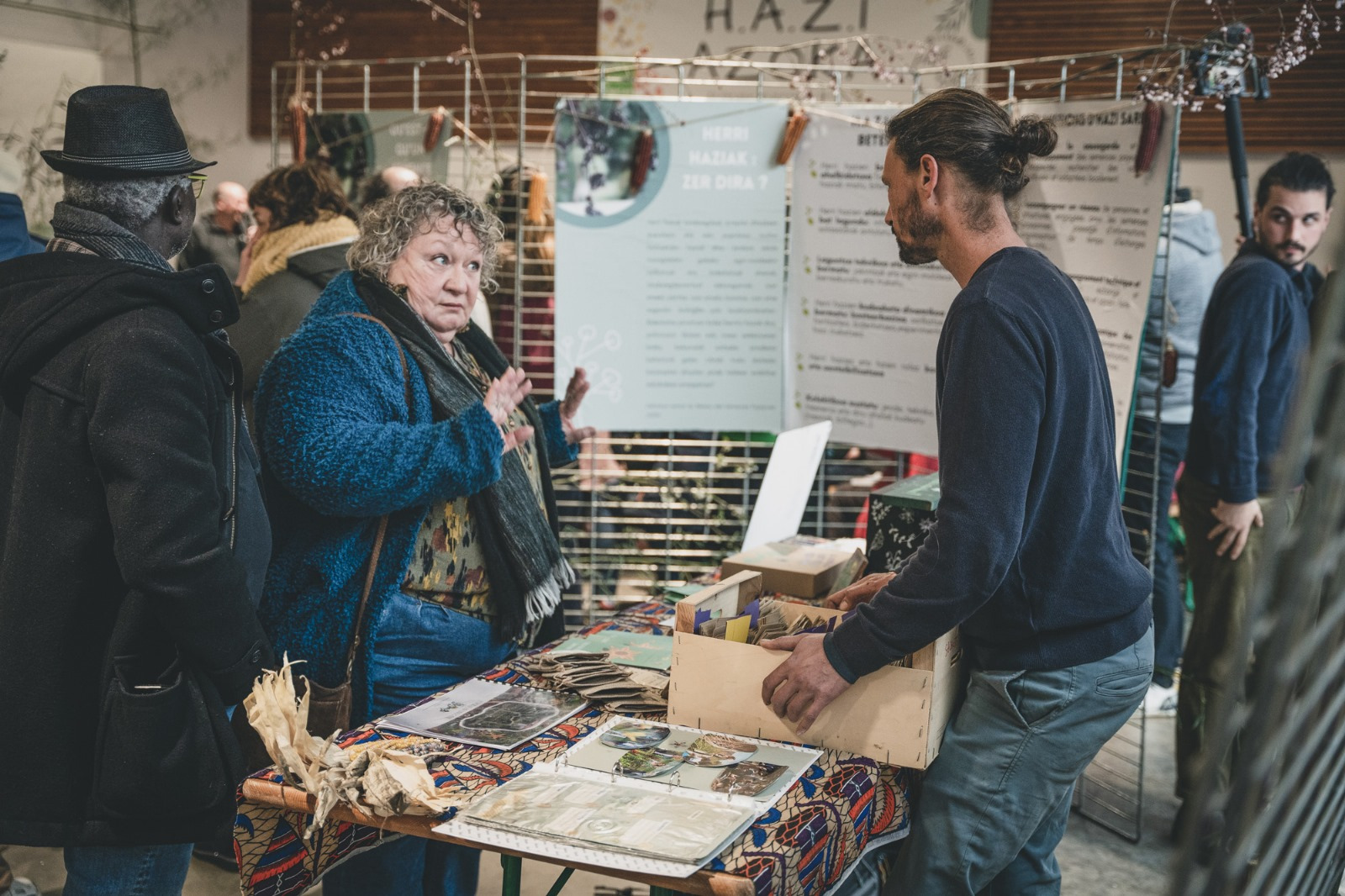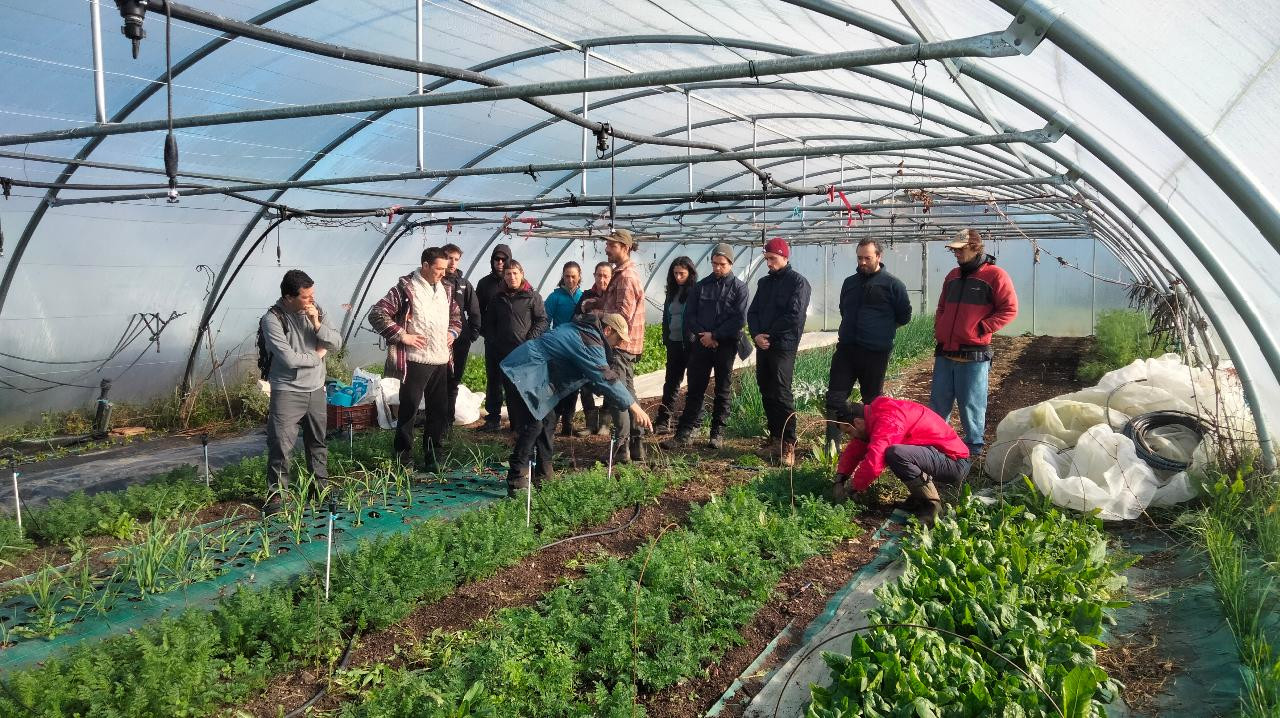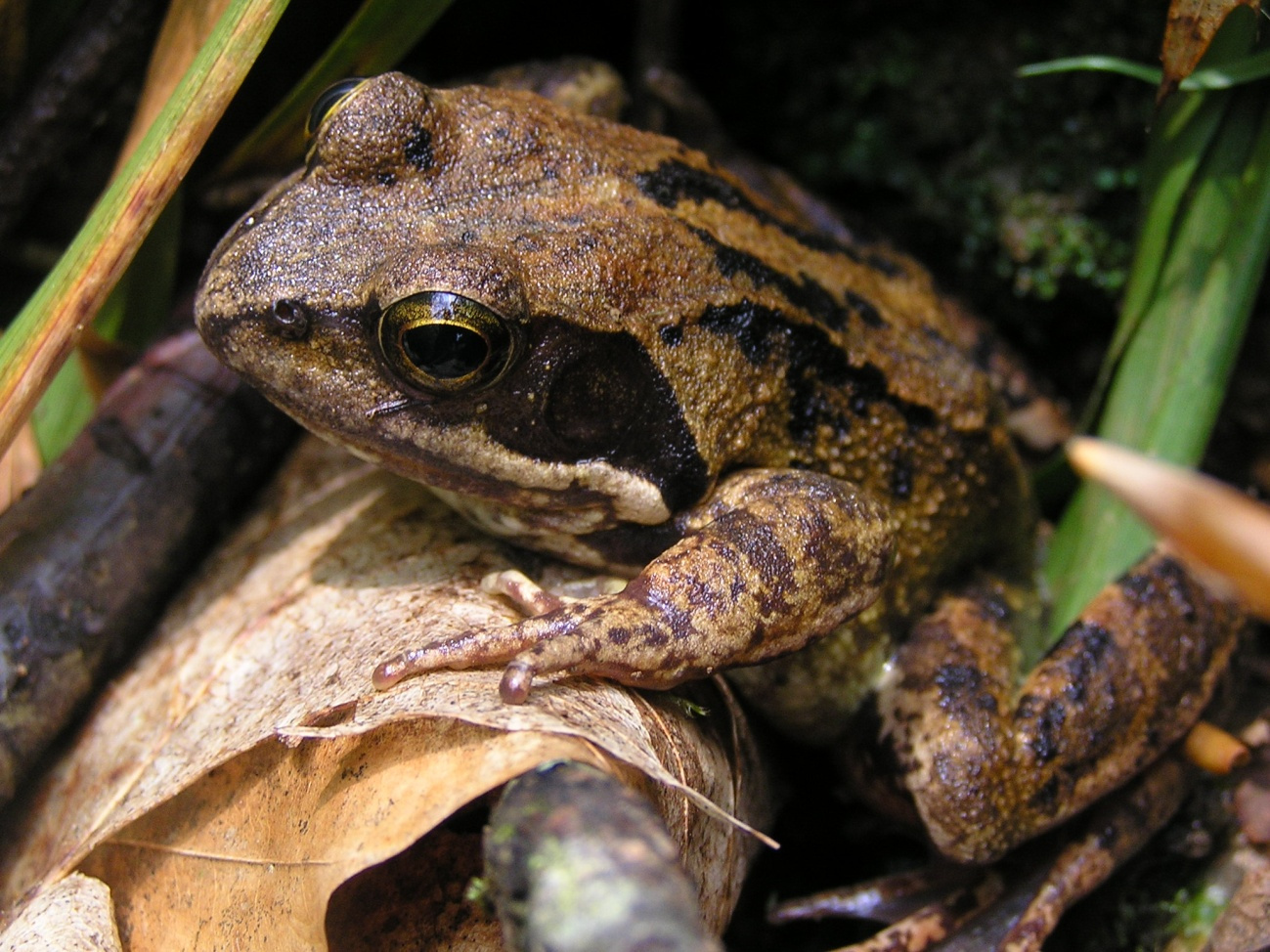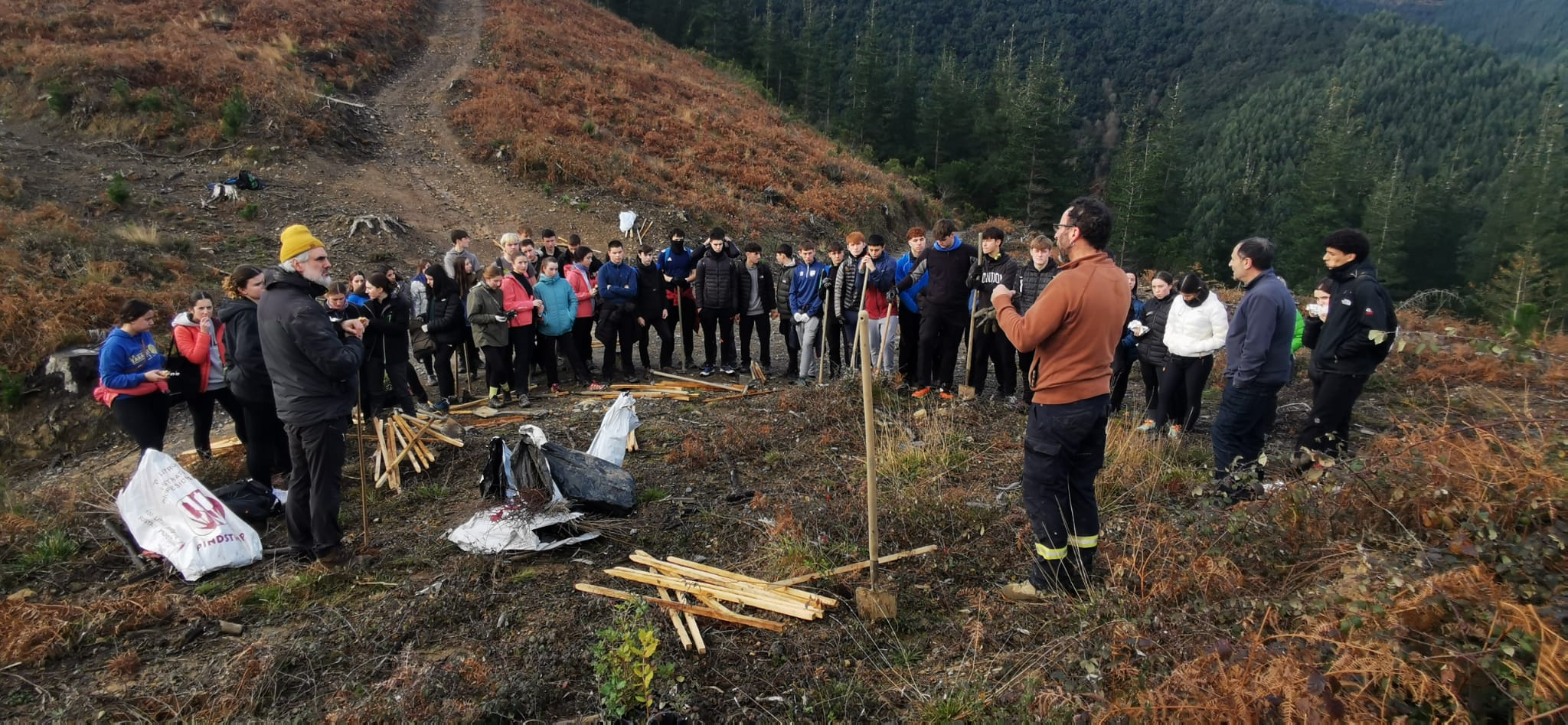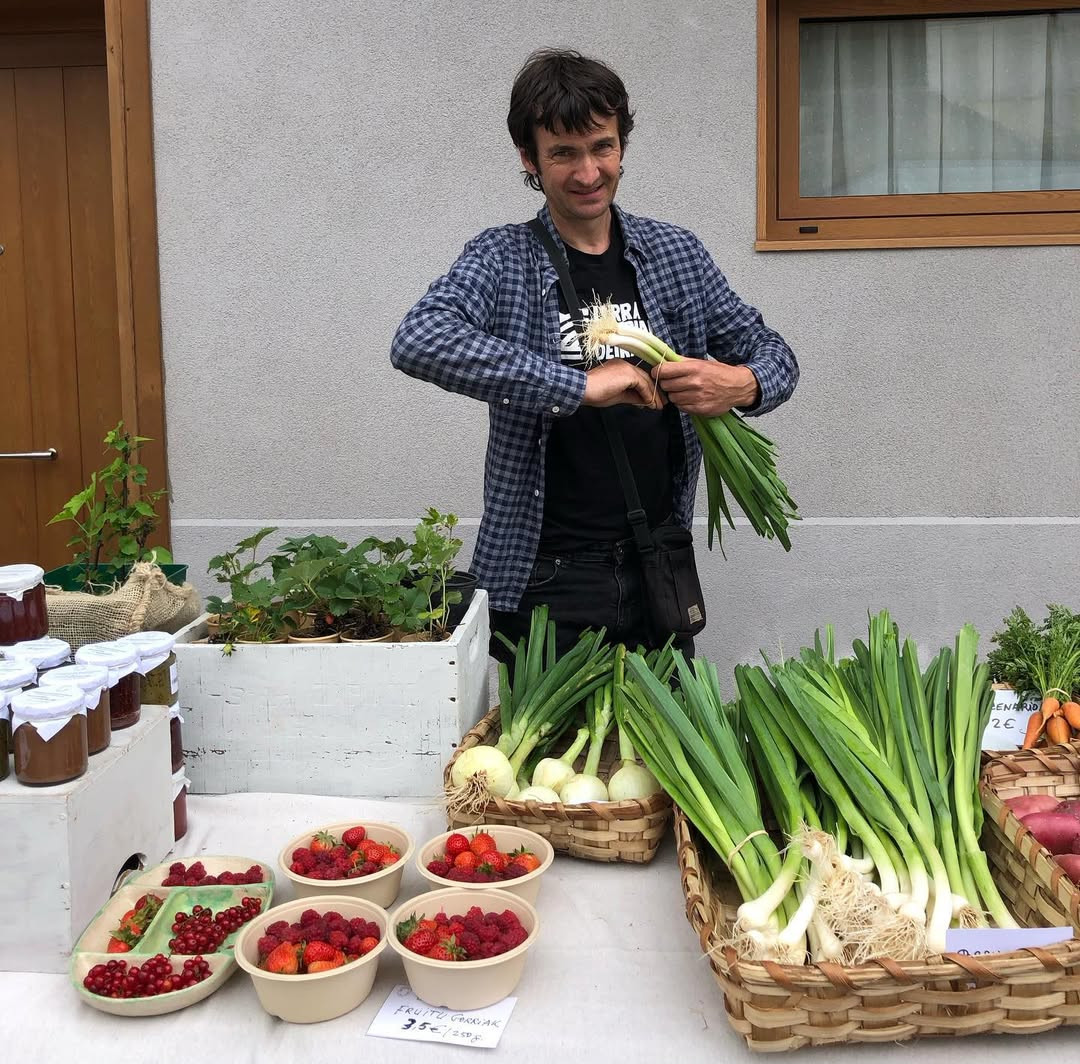To burn and draw coal
- Goodbye for the winter. It's winter and it's coming. Mimosas (Acacia dealbata) and magnolias (Magnolia soulangeana and Magnolia stellata) have flourished, so welcome to the main blooms. But watch out for the cold. Although the daylight has already spread for a little more than an hour, watch the cold as you look through it, in the high and humid holes below and more.
Dance the firewood and light the fire. Fire gives us joy of life in the solstices: as in the beginning of winter when the day goes from short to long, in the summer when the day goes from long to short, when we provoke and live great fires in the street. The fire excites us, it warms us.
If we want heat on the side of the fire we have to give it wood, but give it wood, give it, give it with coal. Blow them up and they'll burn you cold. That's how the coal works, too. It is said that coal heats like firewood in two: when it is made and when it is burned. The coal shall be produced by the coal which resides in the place of the hearth or in the hearth or in the place of the hearth or in the place of the hearth or in the place of the hearth or in the place of the hearth or in the place of the hearth or in the place of the hearth or in the place of the hearth or in the place of the hearth or in the place of the hearth. There must have been some in the Carboneras too!
But how much coal is it? The charcoal is produced from the mushroom made with the adaqui. But there's also the plot. It's the crumbling coal residue that was left around the tramp. They would have taken advantage of that, too, but it wouldn't have started in the coal sacks. We also have iduria. Iduria or Adaki coal or Etc. coal was a typical coal made with small horns, especially for burning in fireplaces and melting of precious metals. The practice of iduria has been carried out in the holes of the ox, especially with the avatar (Quercus coccinea).
Bringers, sub-woofers, lunatics. The chondors were called according to the size of the wood used. The most precious coal is that of art (Quercus ilex). But oak (Quercus robur and Quercus petraea), beech (Fagus sylvatica), chestnut (Castanea sativa), white thorn (Crataegus spp. ), maple (Acer campestre), ash (Fraxinus excelsior), and any hardwood that was on hand has also been cooked in mushrooms.
Charcoal isn’t just for burning on ramps or stoves. A lot of ore has melted in a lot of stoves and ovens. The gunpowder is made of 10–30% coal, and with what wood the explosion will have such duration and strength that it will give one color or another in the sky drawing. Just as it triggers bullets and murder bombs, it also ignites the most elegant pyrotechnic spectacles. In pyrotechnics special powder is used, which has the color, durability, etc. to produce the desired effect: goat willow (Salix caprea), poplar (Populus nigra), white (Populus alba) and heron (Populus tremula) burn quickly, pine (Pinus spp.) add a golden colour, the vines (Vitis vinifera) are golden and strong, the miter (Juniperus sabina) and the ass (Juniperus communis) are burning red smoke and fast and the art (Quercus ilex) gives reddish-golden smoke and has a long duration.
In order to make the known charcoal skewers for drawing, the wood skewer must also follow a path similar to that of charcoal: cooking. Willows and Calves (Salix spp.) they are the best, and the most precious of the Nephite (Babylonian Salix). Also used are elk (Buxus sempervirens), wild palm (Euonymus europaeus), walnut (Juglans regia), spruce (Picea sp. ), thyme (Tilia sp. ), the plum (Prunus domestica) and the fig tree (Ficus carica).
And when he wanted to make drawings on the body and found no ink or it was too expensive, the sailors made tattoos with a mixture of coal: coal to the surface.








